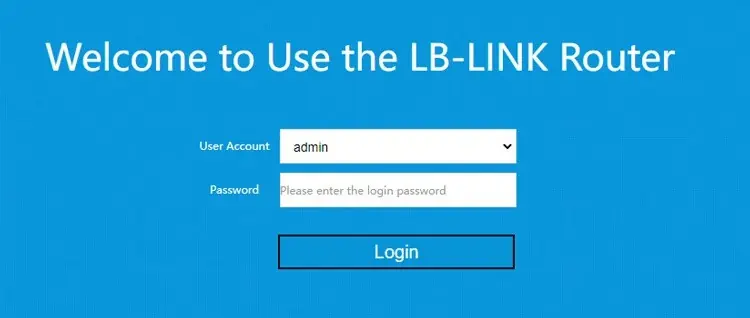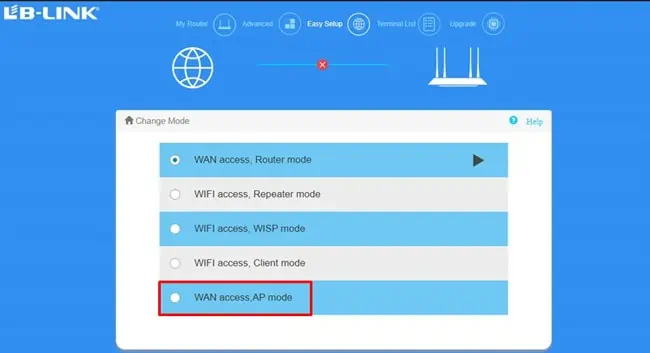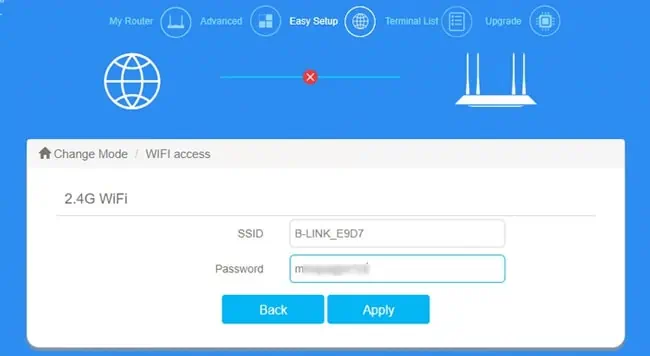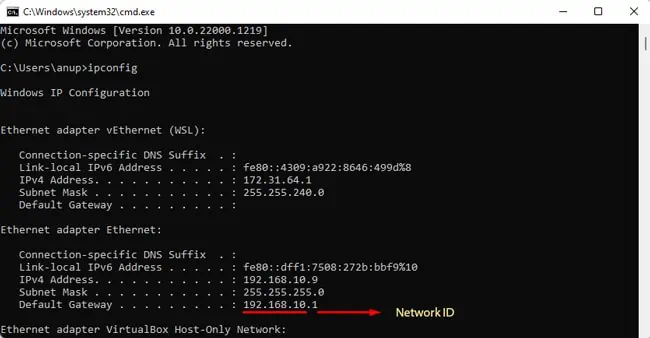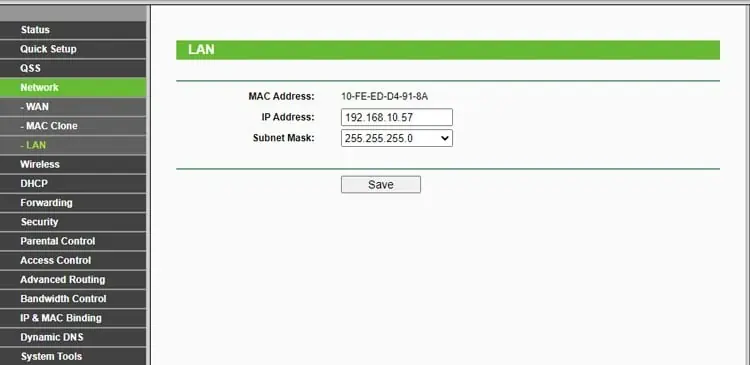When purchasing new hardware to boost a network’s coverage, the general recommendation is to go for a dedicated Access Point (AP). In practice, though, people often go for routers instead, as routers with similar specs tend to cost way lesser than APs.
You don’t necessarily have to purchase a new router, either. Even when you’re working with older routers that don’t support AP as an operating mode, you may still repurpose it as an access point with some extra steps.
What is An Access Point?
An Access Point, also called a Wireless Access Point (WAP), is a networking device that allows client devices to connect wirelessly to a local area network. You may be wondering, doesn’t a router also do the same?
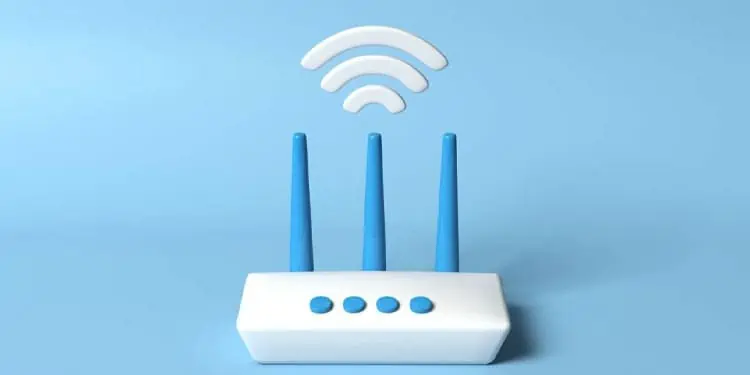
Well, kind of. The main function of a router is routing, i.e., directing traffic between networks. But wireless routers these days also handle various other tasks (switching, DHCP, firewall, etc). Through a wireless radio component, routers also include the functionality of an AP.
Dedicated APs have their uses too. Their compact form factor and portable nature make them easily mountable. They offer a high degree of control and customization options and are also rapidly deployable, which makes them popular in business settings.
However, in this article, we’ll focus on usingroutersas access points. Routers can operate in various modes, but the ones currently relevant to us are Router mode and AP mode.

Router mode, as the name implies, is where the device functions as a router and handles the various functions we talked about earlier. In contrast, AP mode is where the device only acts as an access point that allows other devices to connect to the network.
How to Use a Router as Access Point?
Setting up most routers in AP mode is very simple. Here are the necessary steps:
What if Your Router Doesn’t Support AP Mode?
On older routers, AP mode may not be supported. We recommend checking the firmware update logs on the manufacturer’s site in such cases. If a recent firmware update has introduced the AP functionality, you couldupgrade the firmwareand follow the steps listed above.

An alternative method is to manually set up your router as an AP with some extra configurations. If you make a LAN to WAN port connection from the main router to the secondary one, all you need to do is set up the wireless settings afterward.
This method isn’t ideal, though, as it introduces double NAT, which can be a problem for things like Port Forwarding and UPnP. Instead, you may make a LAN-to-LAN connection and use a slightly longer process, as demonstrated below:
Router as Access Point with Same SSID
